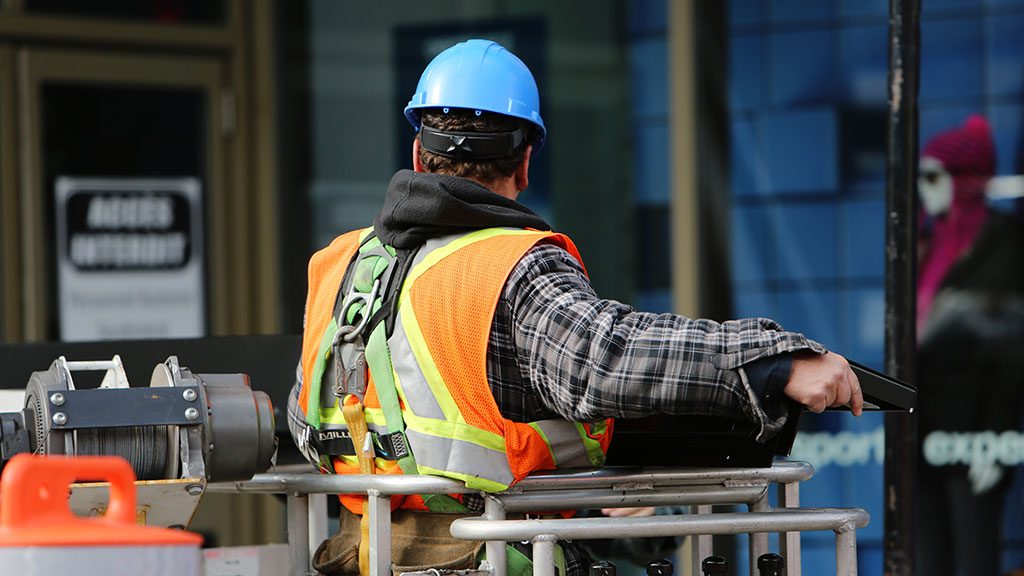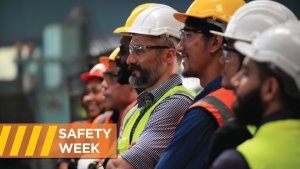VANCOUVER — British Columbia’s safety regulatory body recently announced, as part of its high-risk construction strategy, it will increase enforcement efforts for fall-protection-system anchors used in the residential wood-frame construction industry.
Worksite inspections will focus on the health and safety responsibilities of prime contractors to determine if they have established and maintained a system of compliance with fall-protection regulations.
WorkSafeBC released its three-year plan, the Construction High-Risk Strategy, last year to help employers reduce serious injuries in B.C.’s construction sector.
“There are too many falls from roofs or scaffolds, so we’re increasing our efforts on those employers in framing or residential forming and steep slope roofing. What we’re trying to do here is make construction sites safer and reduce the number of injuries,” WorkSafeBC director of prevention and field services Dan Strand said in a statement.
The 2018-2020 strategy is based on three key areas of health and safety responsibilities: proper use of tools and an emphasis on partnerships and collaboration.
In terms of health and safety responsibilities, WorkSafeBC will conduct workplace inspections and will engage with prime contractors, owner, supervisors, employers and workers in order to promote proper supervision and planning and as a result prevent unsafe working conditions and practices.
WorkSafeBC will also push for the selection of the right tools, equipment and processes to reduce workplace incidents resulting in injury and high-risk workplace violations.
Partnerships and collaboration will take place through work with internal and external stakeholders such as the BC Construction Safety Alliance in order to encourage industry communication to better respond to emerging risks.
The strategy, Strand said, acknowledges flexibility is needed in order to focus on other areas as required.
More information about the Construction High-Risk Strategy is available at WorkSafeBC.











Recent Comments
comments for this post are closed